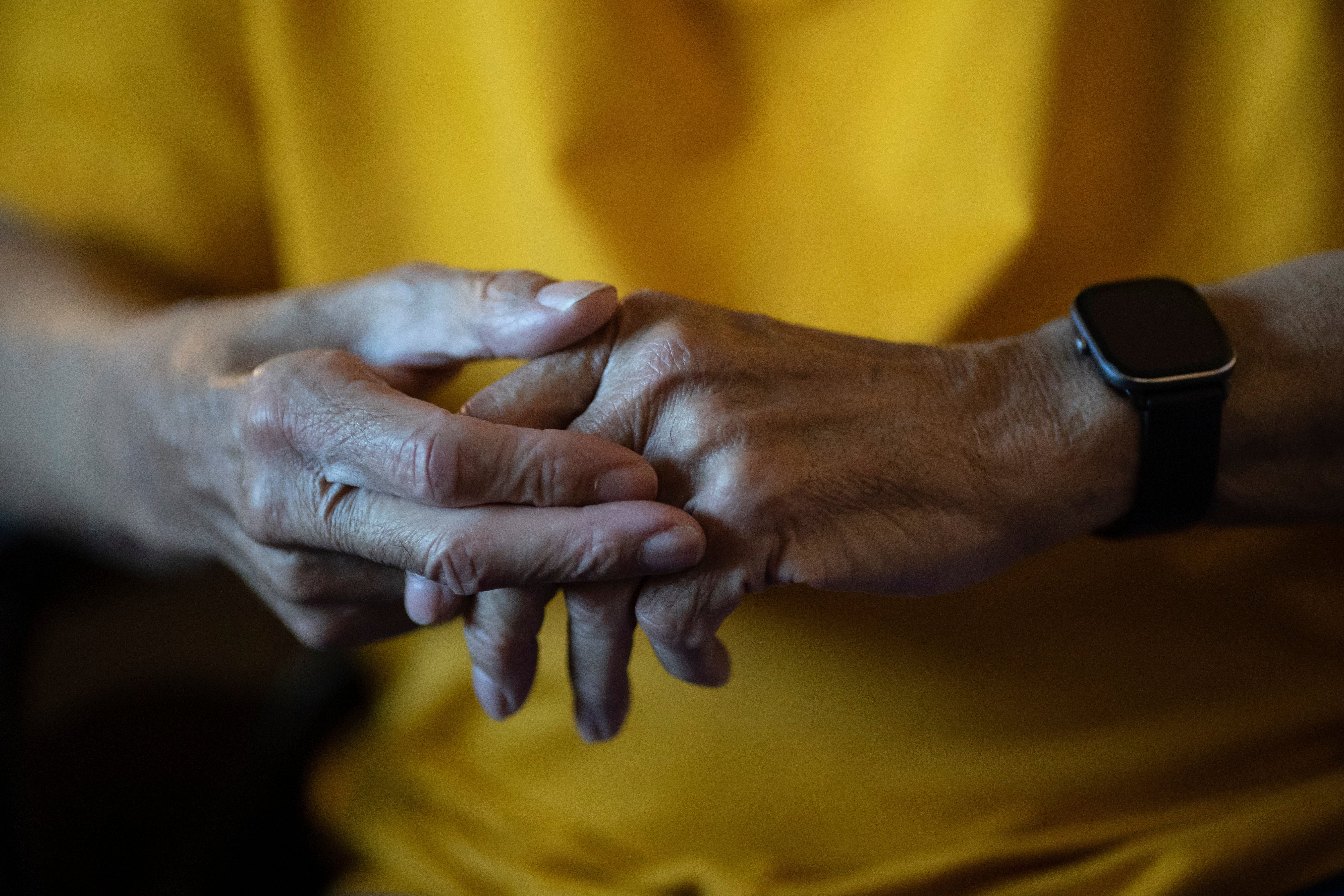LOCALIZE IT: Nursing home residents rely on small stipends

EDITORS/NEWS DIRECTORS:
A 50-year-old bit of American bureaucracy is putting many nursing home residents in an unthinkable bind: Living on a tiny subsidy, sometimes as low as $30 a month.
A majority of U.S. nursing home residents have their care covered by Medicaid. In exchange, any pensions, Social Security checks or other income they may be entitled to instead goes toward the cost of their care. The personal needs allowance was created in 1972 to ensure residents still have some money to pay for things their facilities don’t provide, from clothes and shoes, to phone service, to a birthday gift for a grandchild.
Unlike other benefits such as Social Security, regular cost-of-living increases were not built into personal needs allowance rules. Congress has raised the minimum rate of the allowance just once, in 1987, when it was set at $30 monthly. It has remained there since.
___
READ AP’S COVERAGE
In nursing homes, impoverished live final days on pennies
___
FIND YOUR LOCAL DATA
Federal rules set a minimum allowance, but states are free to raise it up to a maximum $200 monthly. The Centers for Medicare and Medicaid Services, which oversees the state-federal Medicaid program, does not provide data on each state’s personal needs allowance. You can confirm your state’s rate by contacting the state agency that oversees Medicaid. A group called the American Council on Aging has also done a state-by-state survey that provides the following breakdown of per-month allotments:
$30 – Alabama, Illinois, North Carolina, South Carolina
$35 – California, Nevada
$38 – Louisiana
$40 – Arkansas, Idaho, Kentucky, Maine, Virginia
$44 – Mississippi
$45 – Pennsylvania, Utah, Wisconsin
$50 – Delaware, Hawaii, Iowa, Missouri, Montana, New Jersey, New York, Ohio, Rhode Island, Tennessee, Wyoming
$52 – Indiana
$60 – Michigan, Nebraska, South Dakota, Texas
$62 – Kansas
$65 – North Dakota
$70 – Georgia
$72.66 – Vermont
$72.80 – Massachusetts
$74 – New Hampshire
$74.75 – Oregon
$75 – Connecticut, Oklahoma
$75.36 – Washington
$83 – New Mexico
$93 – Maryland
$95.97 – Colorado
$100 – District of Columbia
$121 – Minnesota
$130 – Florida
$137.10 – Arizona
$200 – Alaska
___
TAKE YOUR REPORTING FURTHER
— Find local nursing home residents who receive and rely on the personal needs allowance and ask them how they spend it and whether it’s sufficient. In either case, ask them what they would do with the extra money if the allowance was increased.
— Consult advocates for older adults and the disabled in your area to discuss their views on the personal needs allowance and whether your state is providing enough to those in nursing homes. A senior center, area agency on aging, AARP chapter or other nonprofit might be a conduit for both advocates knowledgeable about the allowance and the people they serve, individuals who receive the monthly allotment.
— Reach out to members of your state congressional delegation and ask about the federal minimum for the personal needs allowance. Ask them why it hasn’t been adjusted since 1987 and if they have any plans to address it.
— If you live in one of the 46 states where the allowance is higher than the federal minimum, research when it was last adjusted. Contact state lawmakers to ask whether they think the issue has been sufficiently addressed, or if they think it merits revisiting. In the four states that haven't raised the personal needs allowance, ask lawmakers why.
___
Localize It is an occasional feature produced by The Associated Press for its customers’ use. Questions can be directed to Katie Oyan at koyan@ap.org.
Subscribe to Independent Premium to bookmark this article
Want to bookmark your favourite articles and stories to read or reference later? Start your Independent Premium subscription today.
